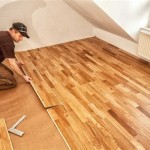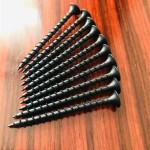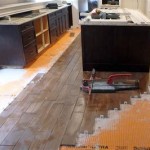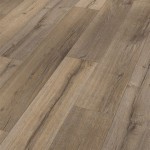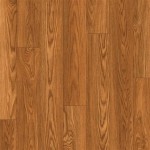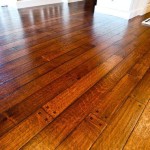Moisture Barrier Laminate Flooring On Concrete: A Comprehensive Guide
Moisture is the nemesis of laminate flooring, especially when installed on concrete subfloors. Concrete's inherent moisture content can seep into the laminate flooring, causing it to warp, buckle, or even delaminate. To prevent these costly and unsightly issues, it is crucial to install a moisture barrier between the concrete subfloor and the laminate flooring.
A moisture barrier acts as a barrier to protect the laminate flooring from moisture penetration. It prevents moisture from the concrete subfloor from migrating into the flooring material, ensuring its longevity and aesthetic appeal. Here are some essential aspects to consider when installing a moisture barrier laminate flooring on concrete:
1. Types of Moisture Barriers:
There are two primary types of moisture barriers available: polyethylene (poly) and vapor retarders. Polyethylene barriers are thin plastic sheets that effectively block moisture vapor from passing through. Vapor retarders, on the other hand, allow some moisture vapor to pass through while still providing adequate protection against moisture damage.
2. Installation Methods:
Moisture barriers can be installed using two methods: floating or adhered. Floating moisture barriers are simply placed on the concrete subfloor, with no adhesive. Adhered moisture barriers, as the name suggests, are attached to the concrete subfloor using adhesive.
3. Overlapping and Seams:
When installing a moisture barrier, it is essential to overlap the sheets by at least 6 inches. This ensures that there are no gaps where moisture can penetrate. Similarly, all seams should be sealed with moisture-resistant tape to prevent moisture intrusion.
4. Concrete Moisture Level Testing:
Before installing a moisture barrier, it is crucial to test the concrete subfloor's moisture level. This can be done using a moisture meter or a calcium chloride test kit. The moisture level should be below 12% for optimal laminate flooring performance.
5. Additional Considerations:
In addition to the moisture barrier, there are a few other considerations to keep in mind when installing laminate flooring on concrete. These include:
- Smooth and Flat Subfloor: The concrete subfloor should be smooth and flat to ensure a level installation.
- Underlayment: An underlayment can provide additional moisture protection, reduce noise, and enhance the comfort of the flooring.
- Expansion Gap: Allow a small expansion gap around the perimeter of the room to accommodate seasonal expansion and contraction of the flooring.
By following these guidelines and ensuring proper installation, you can protect your laminate flooring from moisture damage and enjoy its beauty and durability for many years to come.

How To Install The Moisture Barrier Over Concrete Subfloor

6 Mil Vapor Barrier Underlayment Over Concrete Floors

What Is A Moisture Barrier And When It Needed For Flooring Inc

What Is A Moisture Barrier And When It Needed For Flooring Inc

Quietwalk Underlayment For Floating Floors The Green Design Center

Quietwalk Underlayment For Laminate And Floating Flooring Go Floors

What Is A Moisture Barrier And When It Needed For Flooring Inc

Does The Quiet Walk Underlayment Plastic Vapor Barrier Face Up Or Down When Installing Mp Global S Llc

Installing Laminate Flooring Over Concrete The Ultimate Guide Aa Floors

Covalt Floor Repair Concrete Leveling And Resurfacing Moisture Guard Protection For Floors
Related Posts

